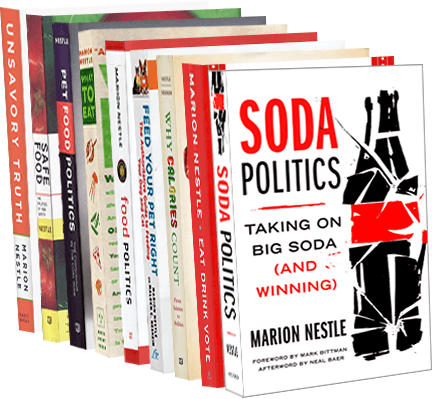Nutrition Policies to Prevent Cancer?
A most unusual presidential panel on cancer prevention, sponsored by the National Cancer Institute, has just weighed in with a report asking for better policies to make it easier for people to eat more healthfully. The Washington Post views the report as taking on the food industry (also tobacco). It quotes the chair of the panel as saying that the country has a moral obligation to protect the health of Americans. Indeed it has, but it is surprising that a panel reporting to this president puts so much of the responsibility for healthful eating on the food industry. The report itself is worth reading for its strikingly candid comments–“Ineffective policies, in conjunction with limited regulation of sales and marketing in the food and beverage industry, have spawned a culture that struggles to make healthy choices – a culture in dire need of change”–and its emphasis on the need to eat less and move more (my philosophy, precisely). The committee had only three members: it’s chair, Dr. LaSalle Leffall of Howard University, Margaret Kripke (M.D. Anderson Cancer Center, University of Texas), and none other than Lance Armstrong.

